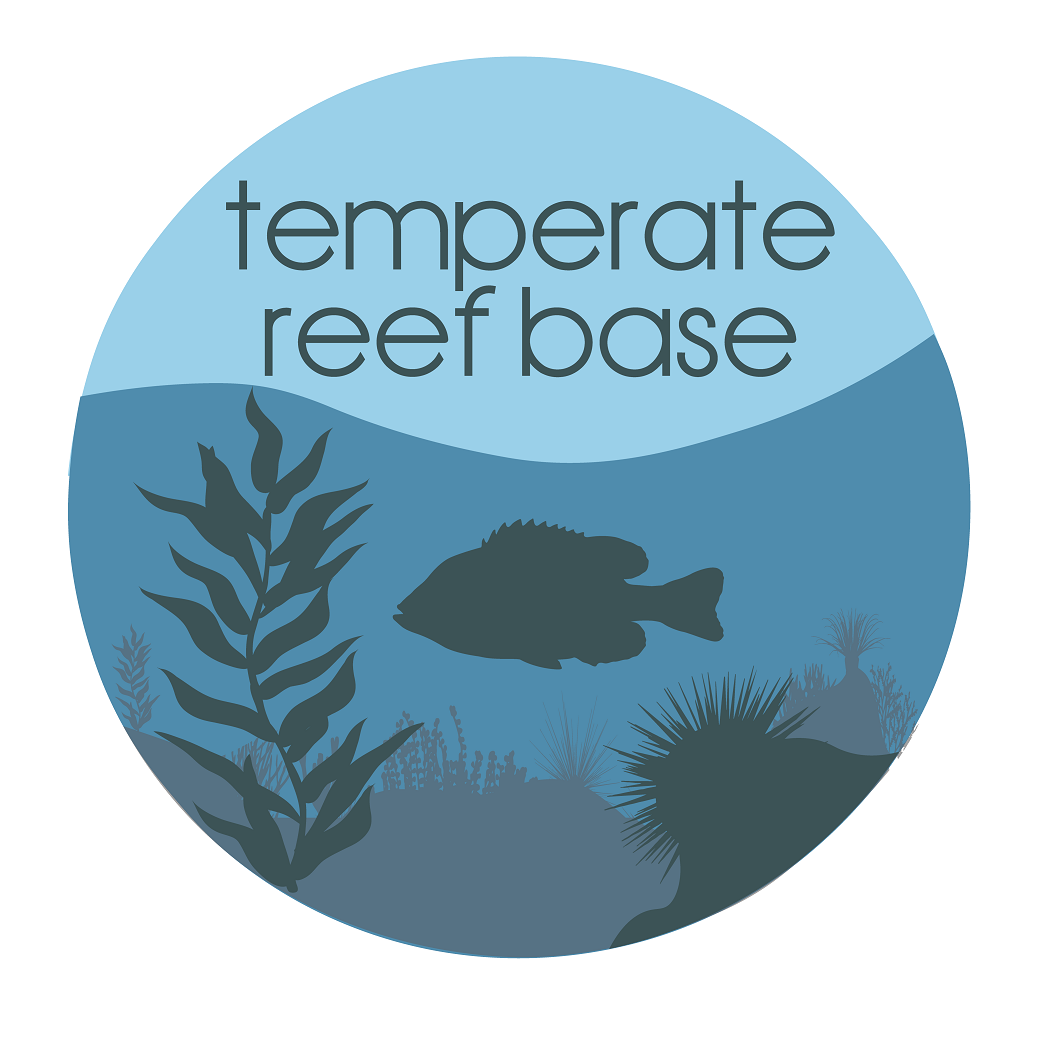SPEED
Type of resources
Topics
Keywords
Contact for the resource
Provided by
-
With a population of about 2 million pairs macaroni penguins are the most abundant penguin in the HIMI region. These birds feed on mesopelagic fish and, to a lesser extent, mackerel icefish. Despite their great abundance and comparatively proximate links in the food chain to the toothfish fishery, virtually nothing is known about the foraging ecology of macaroni penguins at HIMI. This will identify which regions of the ocean Macaroni penguins use as foraging areas, and in combination with diet studies quantify the potential for competition with fisheries operations in the HIMI region. The data are stored in a csv excel file. The fields in this dataset are: Latitude Longitude Date Direction Range Speed Bearing
-
This dataset contains current meter data from Prydz Bay, Antarctica. Current meters were deployed on 3 moorings around Prydz Bay between January 1986 and February 1987. Summary results and deployment details are in the documentation. Temperature and salinity were also recorded. Records are not continuous at each site over this time period. Each mooring contains three or four current meters, measuring water temperature, speed and direction, and for some meters conductivity. Moorings 1 and 2 consisted of four Aanderaa current meters with target meter deployment depths of 200m, 350m, 500 m and near bottom. Mooring 3 had three Aanderaa current meters, with depths of 200m, 350m and near bottom. The fields in this dataset are: DEVICE IDENTIFICATION SAMPLE PERIOD TEMPERATURE PARAMETERS CONDUCTIVITY PARAMETERS SEA CURRENT DIRECTION PARAMETERS SEA CURRENT SPEED PARAMETERS DATE TIME TEMPERATURE (DEGREES C) SALINITY (Ppt) DIRECTION (degrees) SPEED (knots)
-
This dataset contains current meter data from Prydz Bay, Antarctica. Current meters were deployed on 5 moorings around Prydz Bay between March 1987 and February 1988. Summary results and deployment details are in the documentation. Temperature and salinity were also recorded. Records are not continuous at each site over this time period. Mooring 1 had a single current meter with a target depth of 100-200m, mooring 2 had 2 Aanderaa current meters with deployment depths of 223m and 425m and an S4 current vector-averaging meter at 123m from the surface, mooring 3 had 2 Aanderaa current meters at target depths of 300m and 1500m, Mooring 4 had 4 Aanderaa current meters with depths of 182m, 328m, 430m and 512m, mooring 5 had 4 Aanderaa meters at 273m, 419m, 567m and 670m. Three moorings were deployed for a full year, March 1987 to February 1988 (the 'winter' deployment) and 2 moorings released in October 1987 for about 4 months ('summer' deployment). Six of the 12 current meters deployed were recovered. The fields in this dataset are: DEVICE IDENTIFICATION SAMPLE PERIOD TEMPERATURE PARAMETERS CONDUCTIVITY PARAMETERS SEA CURRENT DIRECTION PARAMETERS SEA CURRENT SPEED PARAMETERS DATE TIME TEMPERATURE (DEGREES C) SALINITY (Ppt) DIRECTION (degrees) SPEED (knots)
 TemperateReefBase Geonetwork Catalogue
TemperateReefBase Geonetwork Catalogue